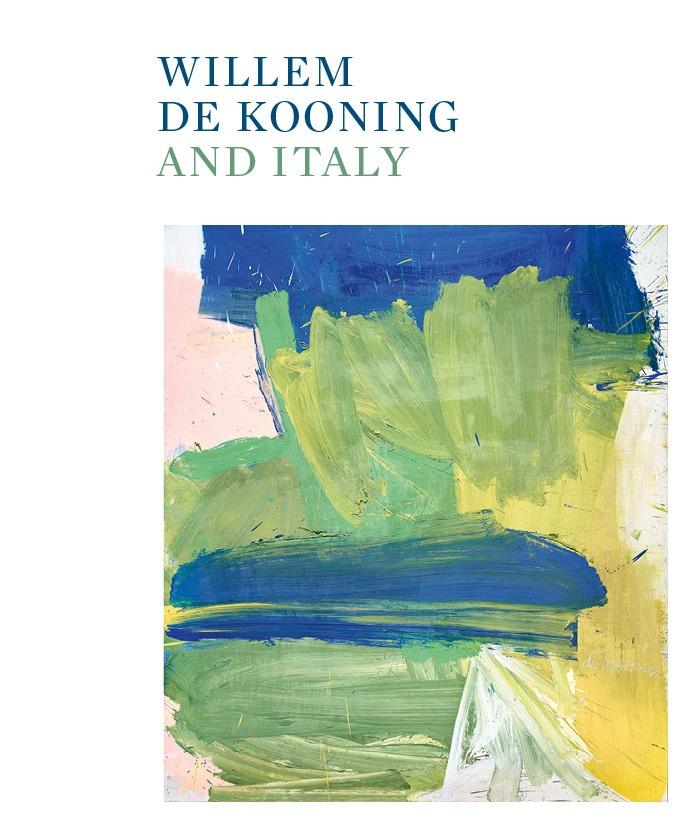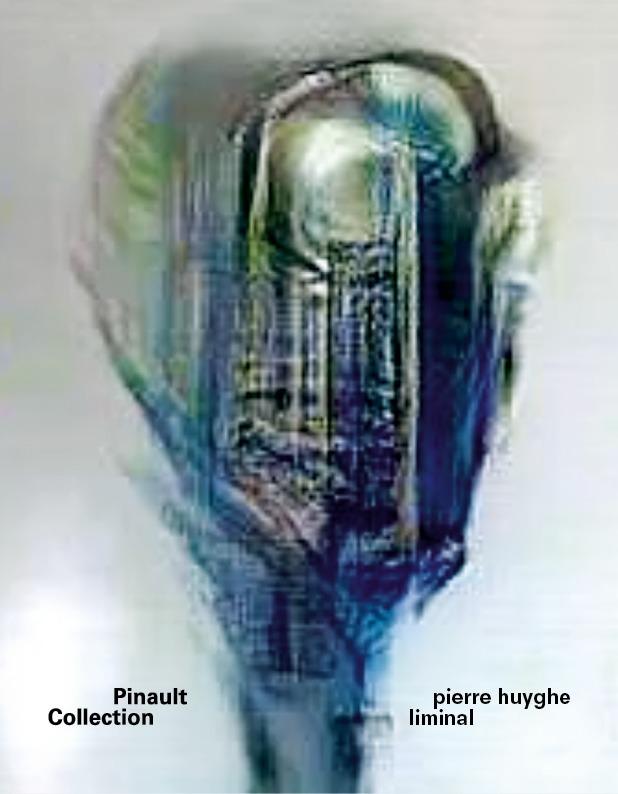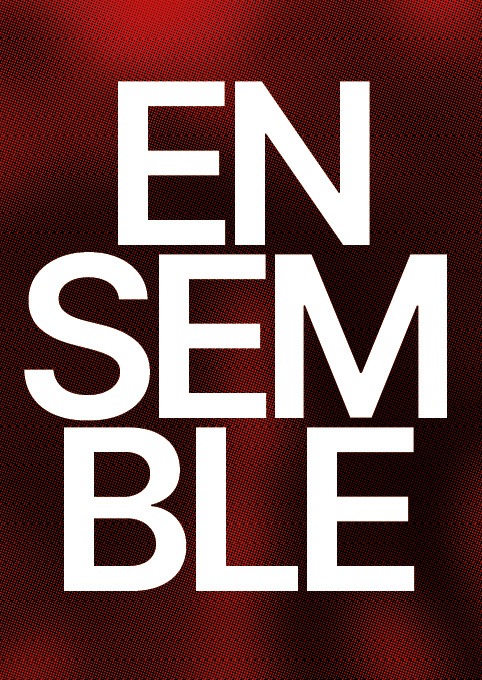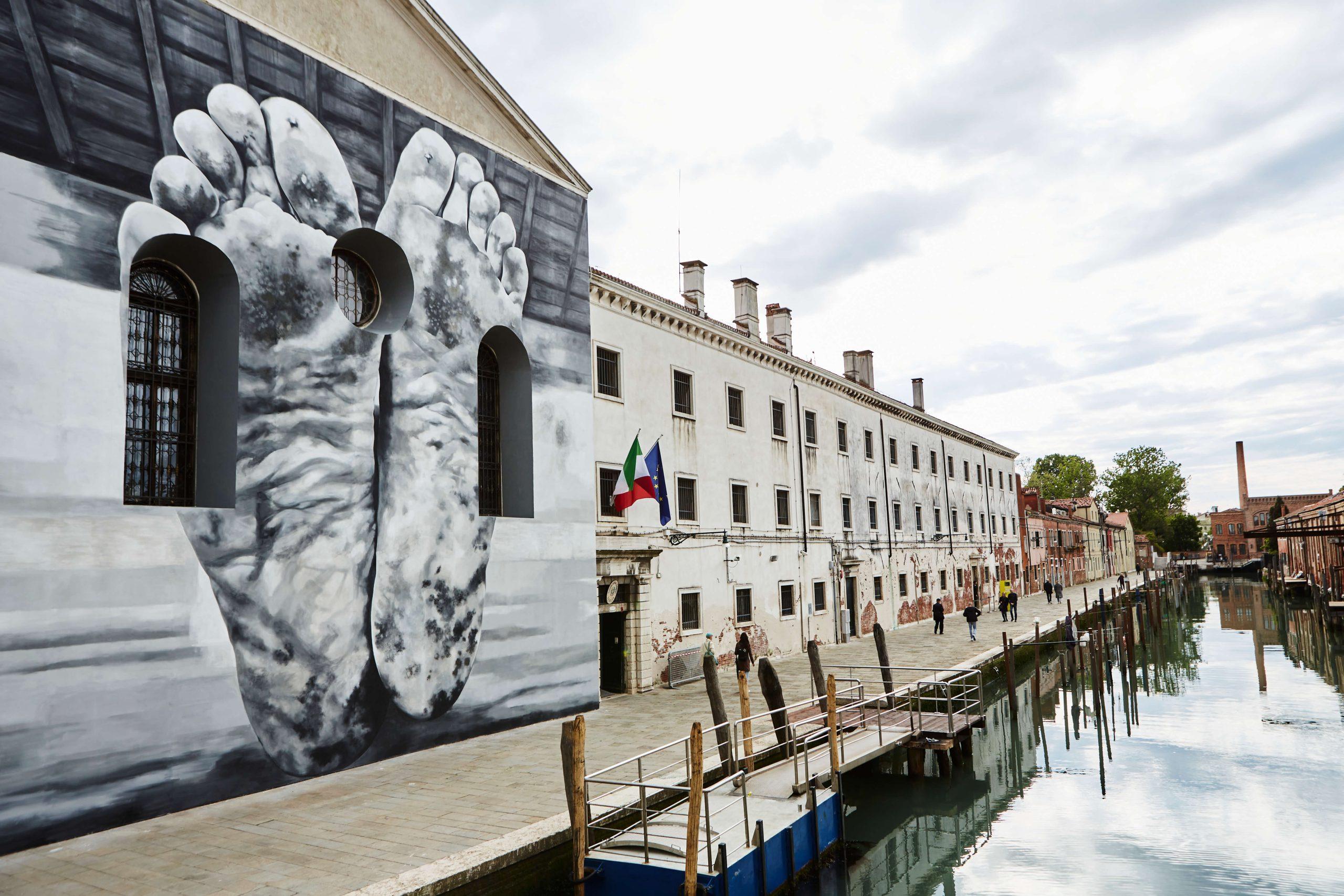Exceptionalism is one of the main characteristics of the Holy See Pavilion at the 2024 Biennale Arte, due both to the place that hosts it and to the artistic-cultural operation that shapes it. How would you describe the experience of visiting it to those who have not yet been there?
It is at once an artistic and a human experience, because the visit is led by two inmates. The visitor understands what it means to live in a space where freedom does not exist, but also that art can create a door between two worlds that ordinarily cannot communicate with one another. It is an overwhelming experience for many visitors.
The Holy See Pavilion represents a unique experience both in terms of exhibition project and accessibility for the public. What impact could all this have on the future of exhibitions? Do you think it could provide a case study for reflecting on curating in contemporary exhibitions?
The experience could be considered an extreme case. An essential fact is that art does not just speak to an “expert” audience: the words of the prison’s residents, who are not art critics, have extraordinary value and emotional power.
How did the living artists involved react to the spaces in the prison that host their works?
The works of art were created in collaboration with the prison’s residents and set up in the non-custodial spaces of the structure located in a former convent on the Giudecca Island. The work was a collective endeavour and each artist reacted with great feeling, both to the creation of the works and to the exhibition itinerary and the succession of the works throughout this exceptional place: from the convent’s former chapel, which hosts the work of Sonia Gomes, to the café, which presents the works by the artist Corita Kent, to the long wing that flanks the monastery and hosts the works of Simone Fattal paired with original poems written by the inmates, to the prison’s main courtyard that presents a neon work by Claire Fontaine, the room where the film by Marco Perego and Zoe Saldana is projected all the way to the historical archives room where portraits by Claire Tabouret tell the story of the childhood of the residents or their young relatives. Finally, the monumental work by Maurizio Cattelan is the only one visible from the outside, and the only one that can be photographed, in the entire Pavilion.
Interview by Arianna Testino










